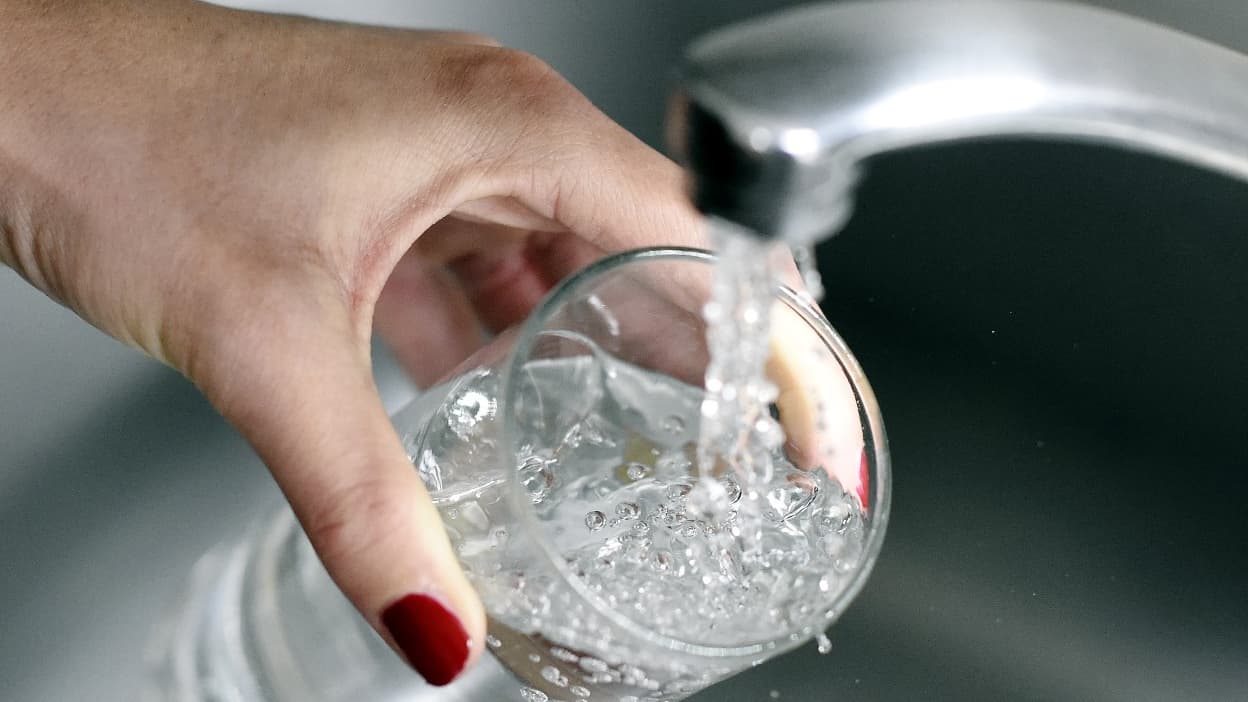A “historical” situation. Faced with the “exceptional drought” that is hitting France, “the most serious ever recorded in our country”, Elisabeth Borne has decided to activate an interministerial crisis unit this Friday.
As France prepares to experience its fourth heat wave of the summer after a July marked by an 84% average rainfall deficit, calls for restrictions on water consumption are mounting. On Friday, the Minister for the Ecological Transition, Christophe Béchu, announced that “more than a hundred municipalities” were already deprived of drinking water.
To increase the incentives to reduce water use, certain associations and political parties such as France insoumise are campaigning for the abolition of the fixed part of the water price. This participation is now used to finance part of the fixed costs of the water service (distribution, maintenance, operation, investments). It is independent of the volume of water consumed, unlike the variable portion.
With AFP, Agnès Ducharne, a researcher at the CNRS, also advocates an increase in rates and suggests a “gradual pricing of water” with a “first m3” that “would be free and then the water would be more expensive”. So that those who use it a lot pay a “high price” for water.
Capped the fixed part of the price of water
Since 2012, the fixed part of the price of water “is capped at 30% of the cost of the collective drinking water and sanitation service, based on an annual consumption of 120 m³ without taxes or royalties,” underlines the Observatory of Water Services. water and sanitation. This cap is raised to 40% for certain services in rural municipalities. “Classified Tourist Sites” are not subject to any ceiling.
€4.3/m3
According to the latest report from the Water and Sanitation Services Observatory, the total price including the rate for water in force as of January 1, 2021 is evaluated at 4.3 euros per cubic meter based on an annual consumption of 120m3. That’s less than a penny per litre. This amount includes both the price of water purification and distribution (2.11 euros/m3) and that of post-use treatment and sanitation (2.19 euros/m3). According to Veolia, it is “one of the best value for money in Europe”.
This finally corresponds to an average annual bill of 516 euros (13% fixed part and 87% variable part), or 43 euros per month, according to the Observatory of water and sanitation services. A price that is divided between collective sanitation, drinking water and taxes and fees.
Disparities between territories
Since the tariff is set by the local authorities, there is no single price for water in France. Veolia rather evokes 10,000 different prices for the 36,000 municipalities in the country.
If we look by department, we see significant disparities between the territories. Thus, always based on a bill of 120 m3 (drinking water + sanitation), it is in Guadeloupe (6.52 €/m3), in Côtes-d’Armor (5.74 euros), in Dordogne (5.67 euros), in Martinique (5.45 euros) and in Seine-Maritime (5.42 euros) where water costs the most.
In contrast, Réunion (€2.66/m3), Haute-Garonne (€3.38), Haute-Marne (€3.40), Alpes-Maritimes (€3.41) and Alpes de Haute-Provence ( 3.48 euros) are the departments where the most affordable is found.
Source: BFM TV




